McDonald’s Blood Flow in Arteries: Theoretical, Experimental and Clinical Principles 7th Edition
McDonald’s Blood Flow in Arteries: Theoretical Experimental and Clinical Principles 7th Edition:
For over sixty years, McDonald’s Blood Flow in Arteries has remained the definitive reference work in the field of arterial hemodynamics, including arterial structure and function with special emphasis on pulsatile flow and pressure. Prestigious, authoritative and comprehensive, this seventh edition has been totally updated and revised with many new chapters. This edition continues to provide the theoretical basis required for a thorough understanding of arterial blood flow in both normal and pathological conditions, while keeping clinical considerations and readability paramount throughout.
Key Features
- The definitive reference work on arterial hemodynamics
- Fully updated and revised to cover all recent advancements in the field
Additional ISBNs:
∗ eText ISBN: 1351253743, 978-1351253741, 9781351253741
- See additional information on the Amazon.
More Details
McDonald’s Blood Flow in Arteries: Theoretical, Experimental and Clinical Principles 7th Edition:
Cover
Half Title
Title
Copyright
Dedication
Contents
Foreword to the First Edition
Preface
About the Authors
List of Contributors
Abbreviations and Acronyms
Glossary of Terms
Chapter 1 Introduction
Physical Laws
The Arterial System in Steady-State Oscillation
Analysis in the Frequency and Time Domains
Application to Clinical Problems
Chapter 2 Anatomy of the Heart and Circulation
Comparative Anatomy
Mammalian Cardiovascular Anatomy
The Circulation
Chapter 3 Nature of Flow of a Liquid
Newton’s Laws of Motion
Steady Pressure–Flow Relations (Poiseuille’s Equation)
Viscous Properties of Whole Blood
Bernoulli’s Equation
Lateral and Impact Pressure
Torricelli’s Equation
The Effect of Change in the Size of the Vascular Bed
Measurement of Peripheral Resistance
Dimensions of the Arterial Tree
Velocity Profile in Pulsatile Flow
Inlet Length
Nonlaminar Liquid Flow
Measurement of Turbulence
Flow Disturbances in the Region of Cardiac Valves
Flow Disturbances in Large Arteries
Turbulence as a Cause of Poststenotic Dilatation and Aneurysms
Potential Role of Turbulence in Atherogenesis
Chapter 4 Properties of the Arterial Wall: Theory and Practice
Mechanical Properties of an Elastic Body
Behavior of an Elastic Tube Under a Distending Pressure
Definition of Compliance, Distensibility and Stiffness
Dynamic Behavior of Elastic Materials
Wave Propagation in an Elastic Tube
Pulse Wave Velocity Measurement in Viscoelastic Arteries
Velocity of the “Foot” and Other Points of the Pressure Wave
Phase Velocity of Harmonic Components of Waves
Use of Transient Excitation to Measure Wave Velocity
Effect of Arterial Distension on Wave Velocity
Attenuation of Propagated Waves in Viscoelastic Tubes and Arteries
Function of the Arterial System
Arterial Wall Structure and Geometry
Measurement of the Elastic Parameters of the Arterial Wall
Role of Smooth Muscle Cells in the Arterial Wall
Attenuation of Propagated Waves
Effects of External Pressure on Arterial Properties
Cerebral Circulation
Chapter 5 Endothelial Cells and Hemodynamics
Heart Disease and Atherosclerosis
Vascular Structure and Function
Clinical Assessment of Endothelial Cell Dysfunction and Its Relationship to Cardiovascular Risk
Vascular Disease
Computational Modeling
Summary
Chapter 6 General Principles for Measuring Arterial Waves
Measurement of Blood Pressure
Measurement of Blood Flow, Stroke Volume and Cardiac Output
Magnetic Resonance Imaging
Modelflow Method
Measurement of Arterial Diameter
Technical Issues Related to Central Aortic Pressure Measurement
Chapter 7 Pulsatile Pressure–Flow Relations
Relation of Flow to an Oscillatory Pressure Gradient
Calculation of Flow from the Pressure Gradient
Effect of the Size of the Artery on the Flow Pattern
Values of ? Found in the Circulation
Development of the Pressure Gradient Time-Derivative Method
Validity of the Womersley Equations When Applied to Arterial Blood Flow
Concept of Vascular Impedance
Chapter 8 Arterial Wave Reflections
Introduction
Reflection of a Transient Wave in a Tube
Reflected Waves in a Steady-State Oscillation
Reflection in a Transmission Line
Effect of Reflections on Apparent Phase Velocity
Reflection Coefficient
Reflection at a Single Arterial Junction
Reflections due to a Continuous Change in Elastic Properties
Reflections of Pressure and Flow Waves in the Arterial System
Classification of Arterial Pressure Waves
Wave Reflection and Myocardial Oxygen Supply and Demand
Sites of Wave Reflection
Secondary Reflections of Reflected Waves
Wave Reflection in Clinical Trials
Modification of Wave Reflection with Drugs
Wave Reflection: Clinical Implications
Wave Reflection: Effects on Ascending Aortic Pressure and Flow Interactions
Emerging Views on Wave Reflection
Summary
Chapter 9 Contour of Pressure and Flow Waves in Arteries
Ascending Aorta
Aortic Arch and Its Branches to Head, Neck and Upper Limbs
Thoracic Aorta, Abdominal Aorta and Lower Limb Vessels
Interventions
Explanation of Pressure and Flow Contours in Major Systemic Arteries
Pressure and Flow Waves in Human Upper Body Arteries
Relationship between Pressures in the Brachial Artery and Ascending Aorta of Humans
The Pulse in Disease
Arterial Stenosis
Noninvasive Pressure Recordings: Clinical Implications
Heart Assist Devices
Summary
Chapter 10 Principles of Recording and Analysis of Arterial Waveforms
Recording Arterial Waveforms
Hysteresis
Noise
Drift
Calibration
Mathematical Analysis of Arterial Waveforms
Traveling Waves
Chapter 11 Vascular Impedance
Concept of Impedance
Theory of Vascular Impedance
Input Impedance and Models of the Arterial Tree
Assumptions in the Application of Impedance Theory to the Arterial System
Impedance in a Typical Peripheral Artery
Changes of Input Impedance between Peripheral Arteries and the Central Aorta
Ascending Aortic Impedance: Input Impedance to the Systemic Circulation
Pulmonary Vascular Impedance
Effects of Body Size and Shape on Input Impedance in Systemic Arteries
Vascular Impedance in Humans
Theoretical and Technical Problems in the Determination and Interpretation of Vascular Impedance
Aortic Input Impedance as Ventricular Load
“Afterload” and Impedance
Ascending Aortic Impedance and Left Ventricular Hydraulic Load
Ascending Aortic and Left Ventricular Pressure
Pulmonary Artery Impedance and Right Ventricular Hydraulic Load
Relationship between External Ventricular Power and Input Impedance
Chapter 12 Coupling of the Left Ventricle with the Systemic Circulation: Implications to Cardiac Failure
Perspective
Relationship of Ventricular Pressure to Volume: The “Law of the Heart”
Ventricular Energy Expenditure
Force–Velocity Relationships
End-Systolic Pressure–Volume Relationship
Relationship of Instantaneous Pressure to Instantaneous Flow
Power–Afterload Relationship
Pump Function Curves
Summary
Cardiac Failure
External Heart Work
Qualification
Clinical Implications of Cardiac Failure
Epidemic of Cardiac Failure
Cause of Cardiac Failure
Changing Concepts of Cardiac Failure
“Diastolic” Heart Failure
Early Wave Reflection: A Unifying Theory for Cause of Systolic and Diastolic Heart Failure?
Mechanical Ventricular Unloading in Treatment of Cardiac Failure
Drug Trials in Cardiac Failure
Most Recent Drug Trials for Treatment of Cardiac Failure
Heart Failure: Reconciling Perspectives
Other Therapies (Surgical and Invasive)
Chapter 13 Pulmonary Circulation
Pressure and Flow Waves in Pulmonary Arteries
Pulse Wave Velocity and Arterial Stiffness
Pulmonary Artery Impedance in Experimental Animals
Pulmonary Artery Impedance in Humans
Pulmonary Artery Pressure and Flow Waves in Pulmonary Disease
Simulation of Disease in Experimental Animals
Pulmonary Vascular Impedance and Right Ventricular Load
Primary Pulmonary Hypertension
Chapter 14 Specialized Circulations in Susceptible Tissues
Circulation of Blood through Bodily Tissues
Locomotion
Coronary Circulation
Specific Principles of Blood Flow to the Normally Contracting Ventricle
Myocardial Ischemia
Factors Limiting Coronary Blood Flow
Therapeutic Implications
Coronary Artery Stenosis
Coronary “Steal”
Takotsubo Cardiomyopathy
Arterial Counterpulsation
New Diagnostic Methods
Coronary Flow Reserve
Cerebral Circulation
Steady Flow
Human Brain in the Rigid Cranial Box
Pulsatile Blood Flow
Intracerebral Arteries, Capillaries and Veins
Summary
Renal Circulation
Liver Circulation
Chapter 15 Aging, Growth and Maturation
Principal Cardiac Changes with Aging
Cardiovascular Function in Normal Aging Humans
Structural Changes in Arteries with Age
Functional Change in Arteries
Pulse Wave Velocity
Ascending Aortic Impedance
Ventricular–Vascular Interaction
Arterial Pressure and Flow Waves
Amplification
Growth
Mechanism of Arterial Degeneration with Age
Perspective
Chapter 16 Hypertension
Basic Mechanisms
Historical Viewpoint
Pathology
Studies of Large Artery Stiffening in Humans
Ascending Aortic Impedance
Pressure Wave Contour and Augmentation
Left Ventricular Hypertrophy
Therapy of Hypertension
Epidemiology
Chapter 17 Interpretation of Blood Pressure in Epidemiological Studies and Clinical Trials
Explanation of Brachial Blood Pressure Change with Age
Accuracy of Conventional Blood Pressure Measurement
Cardiovascular Events and Brachial Blood Pressure
Cardiovascular Events and Central Systolic Pressure
Cardiovascular Events and Indices of Arterial Stiffness
Major Therapeutic Trials
Vasodilator Therapy of Cardiac Failure
Current Guidelines: JNC8, ESH/ESC and WHO/ISH
Wider Implications
Chapter 18 Arterial Biomarkers
Arterial Stiffness
Central Pressure and Wave Reflection Indices
Endothelial Dysfunction
Carotid Intima-Media Thickness
Coronary Artery Calcium Score
Ankle–Brachial Index
Chapter 19 Arteriosclerosis and Atherosclerosis: Clinical Issues
Atherosclerosis and Inflammation
Location of Atherosclerosis
Risk Factors for Atherosclerosis
Atherogenesis and Mechanical Factors (See also Chapter 5)
Effects of Atherosclerosis
Embolization
Chapter 20 Specific Arterial Disease
Marfan Syndrome
Aortic Aneurysm and Dissection
Aortic Coarctation
Arteriovenous Shunt
Takayasu Arteritis
Nonatheromatous Coronary Artery Disease of Epicardial Vessels
Disturbances of Smooth Muscle Tone and Caliber: Specific Drug Effects
Chapter 21 Generalized and Metabolic Disease
Diabetes Mellitus
Kidney Failure
Hypercholesterolemia
Hyperparathyroidism
Connective Tissue Disease
Chapter 22 Emergence of Therapeutic Strategies
Principles
Vicious Circles
Chapter 23 Endovascular Implants
Vascular Interventions
Local Drug Delivery Devices
Mechanics, Dynamics and Erosion
Hemodynamics and Device Efficacy in Macroscales: Flow Diverters and Multilayer Flow Modulators in Aortic Dissections and Aneurysms
Endothelialization of Stents
Summary
Chapter 24 Cardiovascular Effects of Exercise
Technical Issues Related to the Recording of Pulsatile Phenomena
Counterpulsation with Running?
Ascending Aortic Impedance
What Arterial Changes Are Promoted by Exercise?
Exercise Programs
Aging
Cardiac Failure
Aortic Coarctation
Coronary Artery Disease (CAD)
Angina Pectoris
Diabetes Mellitus
Possible Ill Effects of Exercise on the Cardiovascular System
Chapter 25 Central Arterial Pressure
Introduction
Physiological Principles
Physical Principles
Form Factor, Mean Pressure, and the Arterial Pressure Waveform
Chapter 26 Lifestyle and Environment
Smoking
Diet and Nutrition
Alcohol
Obesity and Weight Loss
Mental, Emotional Status and Work Stress
Air Pollution and Noise
Illegal Substances
Gender
Race and Ethnicity
Chapter 27 Arterial Pressure Waveform Analysis
Background
Pressure Pulse Waveform
Historical Perspective: The Sphygmogram
Applanation Tonometry
Radial Artery Waveforms
Carotid Artery Waveforms
Relationship between Carotid and Radial Artery Pressure Waveforms
Relationship between Carotid and Aortic Pressure Waveforms
Relationship between Aortic and Radial Artery Pressure Waveforms
Relationship between Brachial Artery (Measured Noninvasively) and Radial Artery Pressure Waveforms
Modern Sphygmocardiography
Sphygmocardiogram: Current Clinical Application
Finger Plethysmography
Relationship between Indices
Future of Pulse Waveform Analysis
Summary
Bibliography
Index


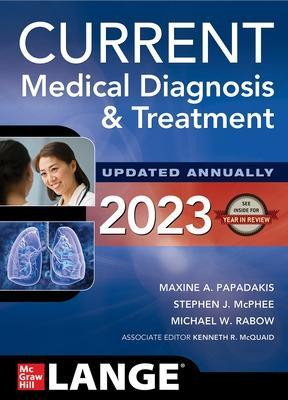
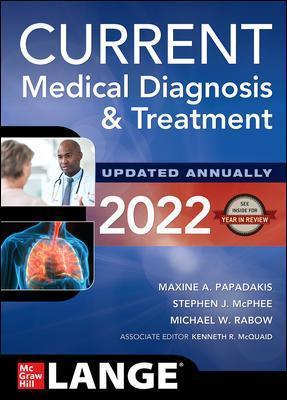
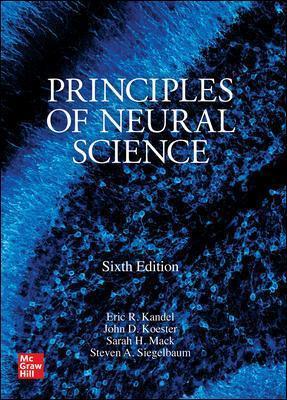





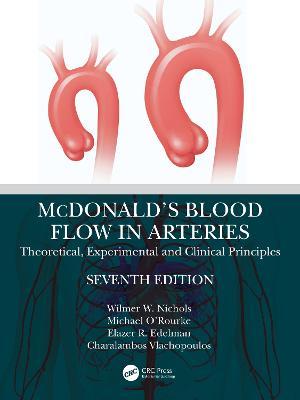
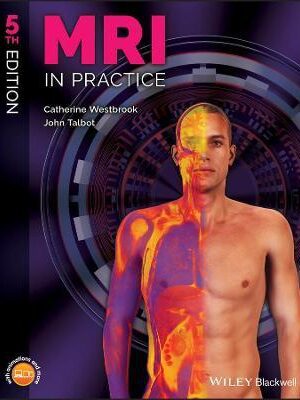
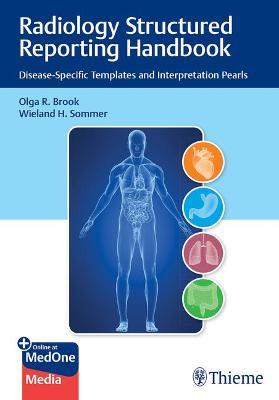



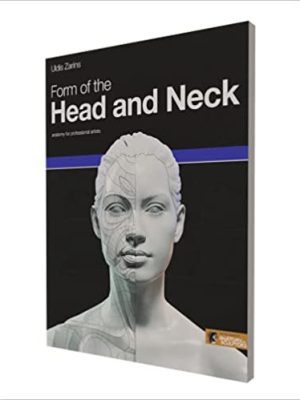

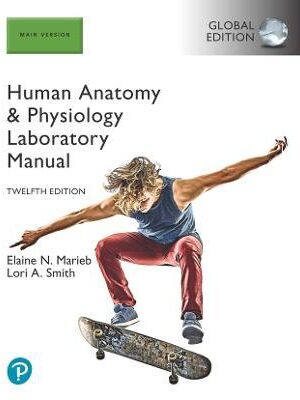
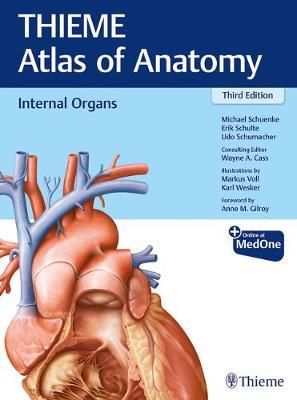
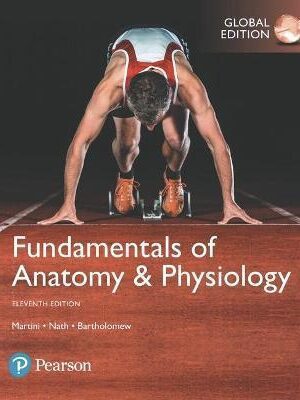
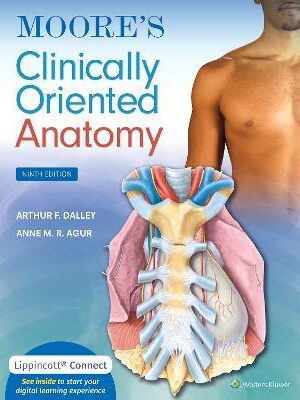
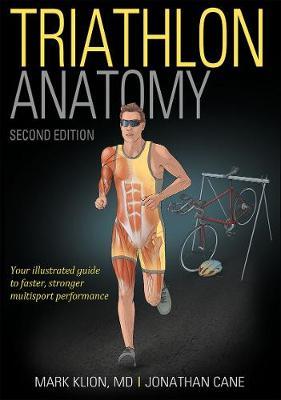

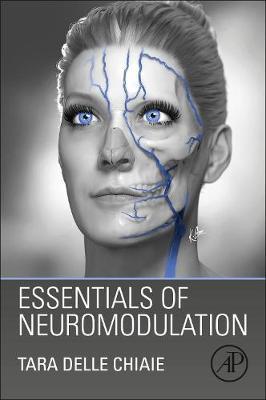
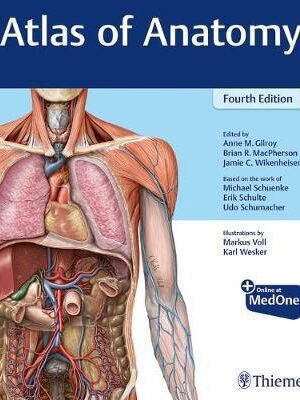
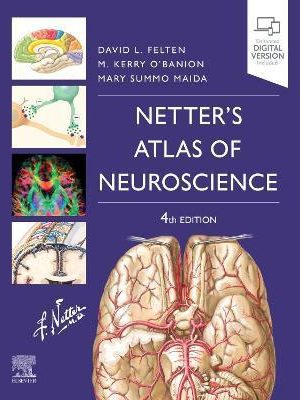
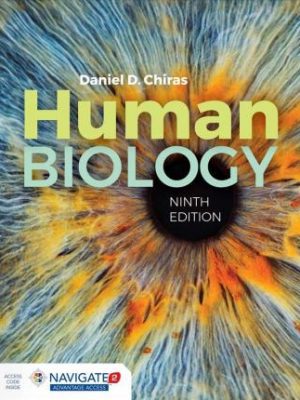
 Dentistry
Dentistry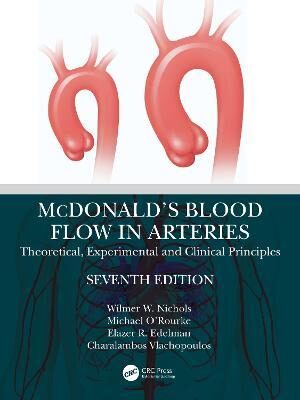
Reviews
There are no reviews yet.